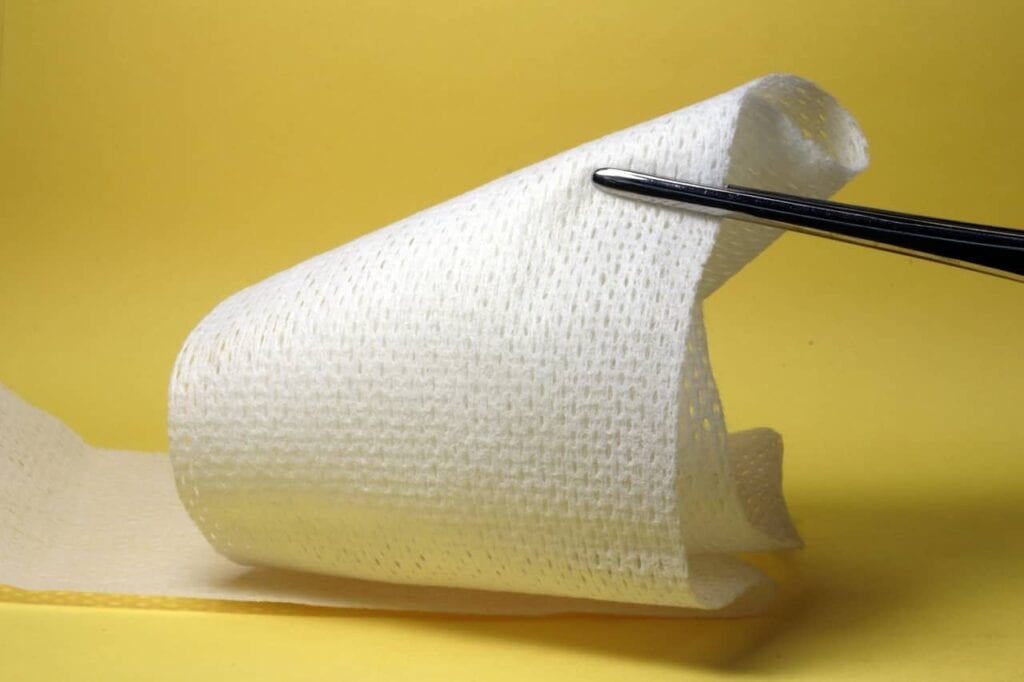A study has concluded that Neupro Patches are a viable treatment option for those living with Parkinson’s disease, according to a Parkinson’s News Today article. The patch, which can treat both early and late stage Parkinson’s, stimulates dopamine receptors in the brain by delivering the treatment, rotigotine, through the skin. 70% of participants in the study saw an improvement, making this a very promising treatment.
About Parkinson’s Disease
Parkinson’s disease is a progressive disorder that affects the central nervous system (CNS). It is characterized by its effect on movement through five different stages. As the disease progresses, severity increases. Stage one is characterized by subtle tremors on one side of the body. In stage two symptoms are more noticeable, with tremors and rigidity on both sides of the body. Stage three brings loss of balance and slowed movement. Stage four makes it impossible for one to live independently. Stage five is the most severe, as patients cannot stand or walk. Hallucinations and delusions are common symptoms of this stage.
Parkinson’s disease occurs due to the death of motor neurons, some of which produce dopamine. Dopamine is important in the transmittance of messages to the muscles from the brain, so the loss of dopamine results in the loss of motor functions. Abnormal brain activity occurs when these neurons are lost. Doctors do not know why these motor neurons die, but they do suspect a few factors that play a role, such as genetics, environmental factors like toxins, and Lewy bodies.
About the Study
Medical professionals from the Wakayama Medical University and Otsuka Pharmaceuticals conducted a post-marketing, real-world study to test the safety and impact of the patch on Parkinson’s patients who have been receiving treatment for over a year.
603 patients were included in the study, 599 of which were a part of the efficacy analysis. They were given 2.6-5.4 mg of rotigotine a day and 531-692.1 mg a day of levodopa. Of the 603 patients, 273 discontinued their treatment, whether it was due to family request, transferring hospitals, a low impact of the treatment, or adverse effects. In terms of adverse effects, 34.3% of participants experienced them. The majority were not serious.
To assess the impact of the treatment, researchers utilized the Unified Parkinson’s Disease Rating Scale Part III every three months. On this scale, a higher score means more severe symptoms. A reduction in this scale was seen throughout the twelve months, dropping from an average of 5.2.
In the end, 12 patients saw marked improvement, 63 saw moderate, 92 saw mild, and 40 saw none. There were no new safety concerns, and the treatment was generally considered impactful. Hopefully it will be able to better the lives of those with Parkinson’s disease.
The original study can be found here and was originally published in the International Journal of Neuroscience.








